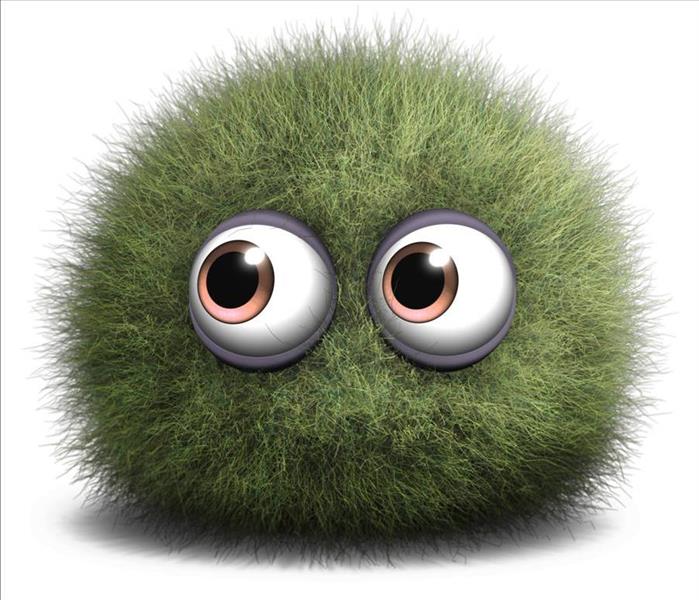The Secrets of Mold
6/28/2021 (Permalink)
Mold is everywhere all of the time. It is just waiting for a good place to grow. It can be both incredibly good, like in cheese, and incredibly bad, like bread mold, depending on where it is growing and what kind it is.
Mold is useful for:
- Cheeses
- Antibiotics
- Causing materials to decompose quickly
Many molds are helpful, but some are not. When they start growing in your home and on your walls, it is time to call a mold remediation specialist in West Valley City, Utah.
What Mold Is
Mold is a fungus and is unlike plants or animals. It is very similar to mushrooms. There are a wide variety of molds, some of which can cause health effects, while others are perfectly benign.
How Mold Grows
Mold grows much like any other mushroom. It uses organic materials to feed on. When you leave bread out on the counter or in a cabinet in a few days, you will probably begin to see mold. Although it is not ideal, you will also see fridge mold on bread if left alone for long enough.
Mold grows particularly well on bread because bread is both moist and contains nutrients that it can consume. Bread also decomposes faster than many other substances.
Eating Mold
Mold grown for medicines like penicillin and cheese are very specific types. They are highly cultured and monitored, unlike the mold that grows on your loaf of bread. Although most bread mold is not usually toxic, you should avoid eating it. There are several types of mold that are dangerous and can cause health effects.
Disposing of Mold
If the mold is on something like bread which is disposable, you mustn't cut the moldy parts off. Mold contains tiny particles called spores. Spores are what spurs fungus growth and can float through the air onto other surfaces. You should put the item in a non-porous bag and throw it away.
Bread mold is only one form of mold. Each form is a bit different, and although some are useful, others are not. If you see mold, it is best to dispose of it properly.






 24/7 Emergency Service
24/7 Emergency Service
